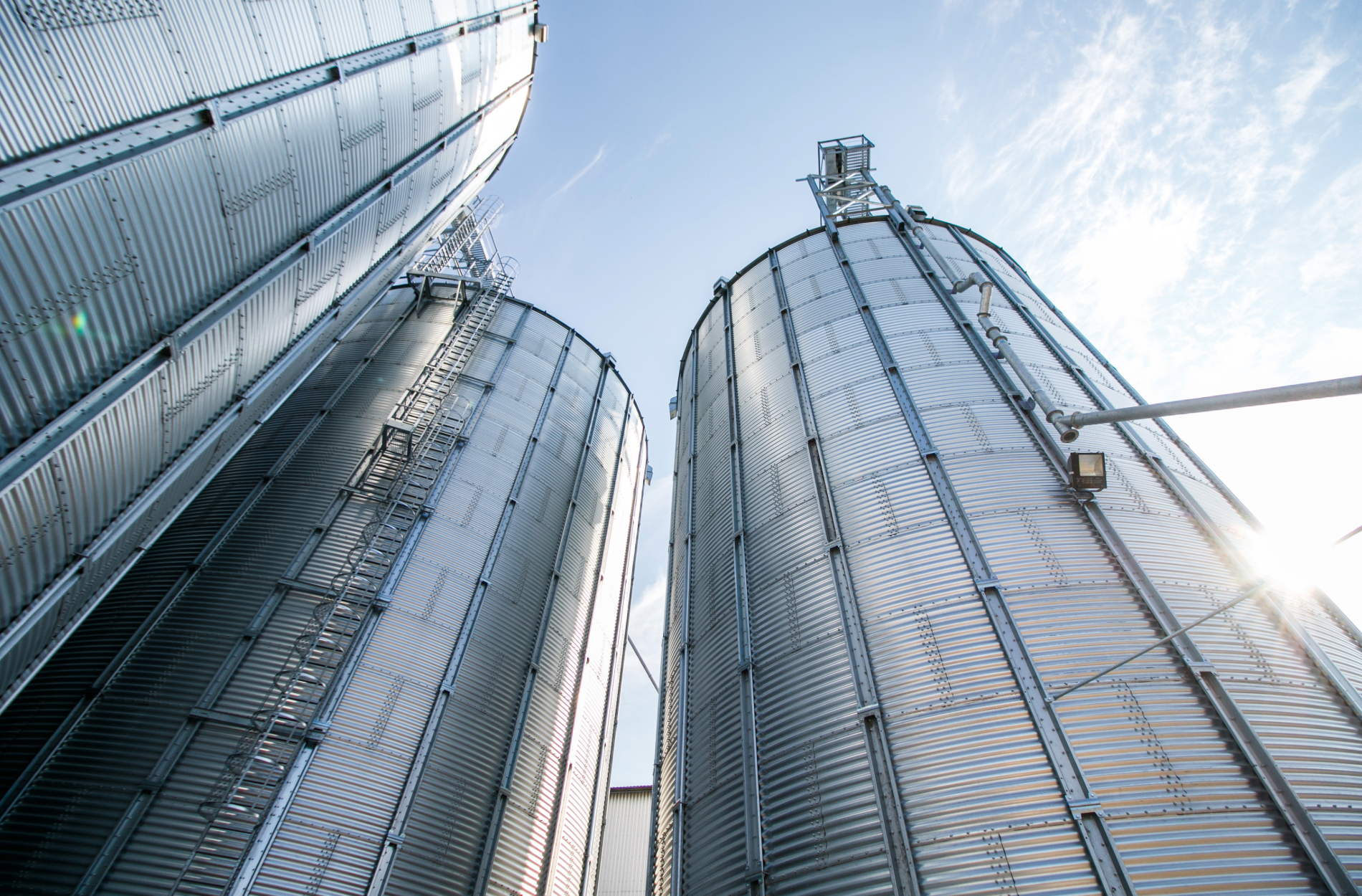
Tanks play a crucial role in storing and maintaining various liquids and substances, ensuring that operations run smoothly. However, tanks are not immune to damage over time. Identifying signs of wear early can prevent small problems from becoming big headaches.
Regular inspections are key to catching issues before they escalate. From rust to unusual noises, knowing what to look for can save time and money. Understanding these warning signs will help you act promptly, ensuring that your tanks remain reliable and safe to use. Keep an eye out for these tell-tale signs and maintain peace of mind.
Visual Indicators of Tank Damage
Keeping a keen eye on your tank’s exterior can help catch problems early. Rust is one of the most common signs of damage. It usually appears on metal tanks and is a clear indicator that moisture is corroding the material. This corrosion can weaken the structure and lead to leaks if not addressed.
Cracks are another red flag. They often form due to age or environmental stress, and even small ones can compromise the tank’s integrity. Paint peeling may seem minor, but it’s usually a precursor to rust or underlying material damage. It exposes the tank to further environmental harm, accelerating deterioration.
Regular visual inspections are invaluable in spotting these issues before they worsen. By frequently examining your tank for signs like rust, cracks, or peeling paint, you can organise timely repairs. This proactive approach saves time and resources, preventing more extensive and costly damage. It also helps maintain the tank’s appearance and functionality, ensuring it continues to perform efficiently.
Functional Signs of Tank Wear and Tear
Functional changes in a tank’s performance are often a sign that repairs are needed. One noticeable sign is changes in water pressure. If a tank is supposed to supply water or other liquids, decreased pressure could mean there’s a blockage, leak, or even a fault in the pump system. This can affect operations and reduce efficiency.
Unusual noises, such as banging, hissing, or gurgling, also hint at potential problems. These sounds could indicate air pockets, blockages, or even structural damage within the tank. Ignoring these noises might lead to them becoming more frequent or turning into serious mechanical issues.
Functional issues directly impact the safety and efficiency of your tank. When a tank doesn’t operate properly, it can lead to spillage or complete failure, both of which pose risks to safety and the environment. Addressing such problems quickly ensures smooth operations and protects against potential hazards. Regular checks and prompt responses to functional changes are key to maintaining a reliable system.
Internal Warning Signs from Tank Liners and Coatings
Tank liners and coatings are the unsung heroes that protect your tank’s interior from wear and potential leaks. These barriers act as the first line of defence against corrosion and chemical reactions that can weaken the tank’s structure over time. However, even these protective layers have their limits and can show signs of needing attention.
One of the main warning signs is visible degradation of the liner. This might appear as bubbling, discolouration, or flaking inside the tank. Such indicators suggest that the liner is no longer effectively bonding to the tank walls, potentially allowing contaminants to seep through. Regularly inspecting these layers can catch such issues early, avoiding costly repairs or replacements later on.
Alongside visual inspections, pay attention to changes in the tank’s performance. For example, if you notice any unexpected moisture or vapor on surfaces that should be dry, this could indicate that the liner has developed a leak. Additionally, checking for unusual smells or chemical odours can help catch problems before they escalate.
Regular maintenance, including professional evaluations of your tank liners and coatings, ensures they continue to perform optimally. Such vigilance keeps your tanks safe, secure, and suited for storing their intended contents.
Importance of Timely Repairs and Routine Maintenance
Timely repairs and maintenance are critical to tank longevity and safety. Postponing necessary repairs can lead to smaller issues spiralling into serious problems, drastically increasing repair costs and downtime. Regular maintenance helps catch and address the wear and tear that naturally occurs over time, ensuring the tank remains in top condition.
If repairs or maintenance are delayed, tanks might suffer from significant structural damage, potentially leading to leaks or ruptures. The consequences can range from environmental damage to costly clean-ups and even legal liabilities. Staying on top of routine checks helps avert these outcomes, giving peace of mind and assurance that your operations will not face interruptions.
Integrating repairs into an ongoing maintenance plan further aids in avoiding unexpected tank failures. Simple tasks like cleaning, visual inspections, and liner checks can act as preventive measures, extending the life span of your tanks. Regular maintenance also provides better insights into the health of your tanks, making it easier to plan and budget for repairs.
Conclusion
Recognising the signs that your tank needs repair plays a vital role in maintaining its efficiency and safety. By understanding and acting upon these early warnings, you can save on future repairs, prolong the tank’s service life, and keep your operations smooth and uninterrupted. Regularly scheduled inspections, both visual and functional, integrated with routine maintenance, provide a reliable framework for avoiding significant issues.
If you’re concerned about the condition of your tanks and need expert advice, ATM Tanks can help. Our team specialises in tank repairs and maintenance, ensuring your systems are always operational and efficient. Reach out to us today to learn how we can support you in managing your tanks effectively and keeping your operations running smoothly!
- How to Fix Leaks in Your Water Storage Tanks - December 14, 2025
- Effective Techniques for Thorough Tank Cleaning - December 14, 2025
- The Benefits of ROV Tank Inspections for Maintenance - December 14, 2025






